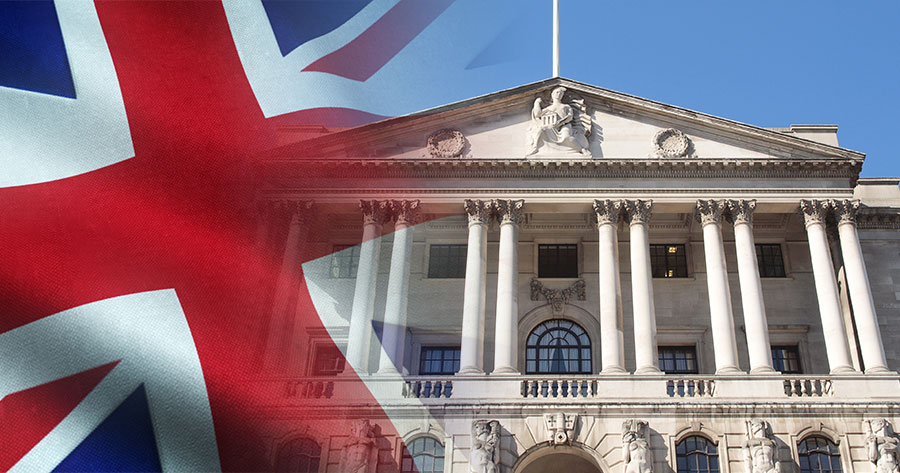The Bank of England opted to maintain its benchmark interest rate at 4% on Thursday, as policymakers moved to temper volatility in the UK’s bond markets by decelerating the pace of quantitative tightening over the coming year.
The decision, taken by a 7-2 majority in the central bank’s monetary policy committee (MPC), ends a run of five consecutive rate cuts since the summer of 2024, including a reduction the previous month. Analysts had widely predicted a pause, with annual inflation holding at 3.8% in August—still nearly twice the central bank’s stated target.
Speaking after the meeting, Governor Andrew Bailey cautioned that, although inflation is projected to drift back toward the 2% goal, any further rate reductions will need to proceed “gradually and carefully.” He noted the UK economy remains vulnerable, with policymakers weighing persistent inflation pressures—fuelled in part by surging food prices—against weakening employment prospects as unemployment sits at its highest level in four years.
According to minutes from Thursday’s gathering, the MPC said internal forecasts indicate flat employment growth, attributed in part to a hike in employers’ national insurance contributions (NICs). The decision by Finance Minister Reeves to impose a £25 billion NICs increase in the previous year’s budget drew strong criticism from business groups.
Governor Bailey further unveiled a more cautious approach to winding down the Bank’s £800 billion stockpile of government bonds amassed during its post-2008 quantitative easing programme. By slowing the rate of asset sales, the Bank of England aims to limit pressure on government borrowing costs and quell unease in financial markets—a move rooted in efforts to bolster economic stability, according to sources cited by the Bank.




